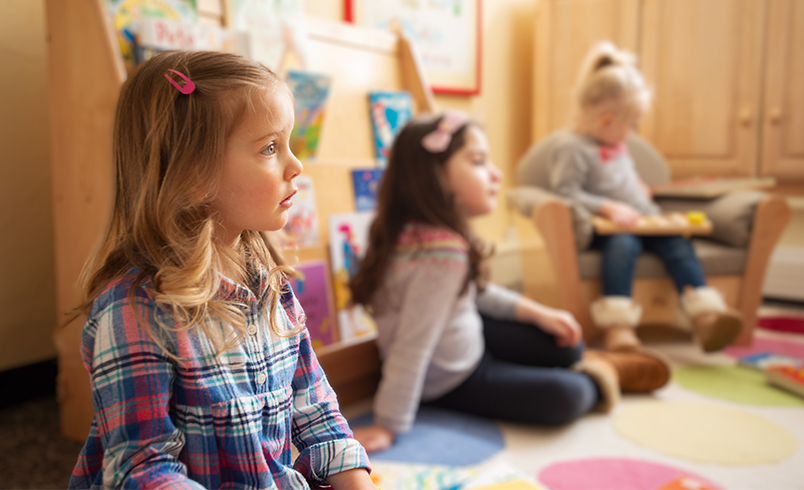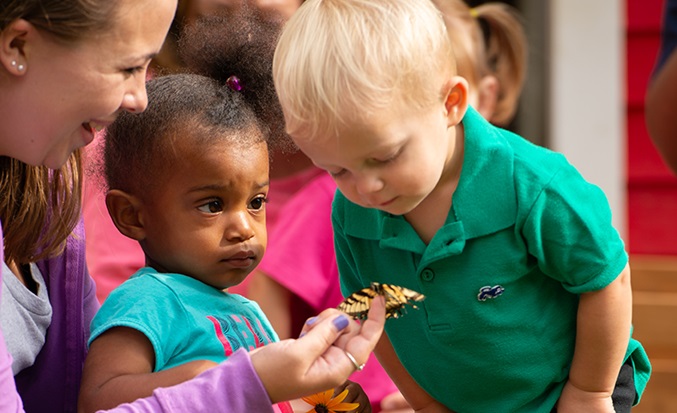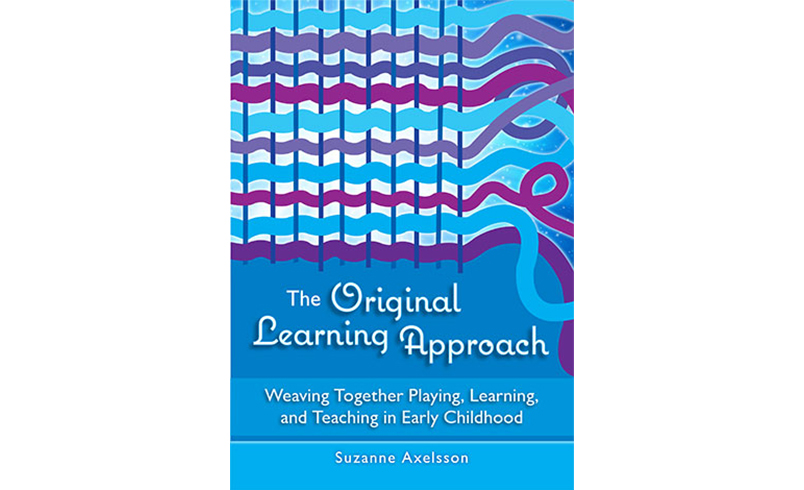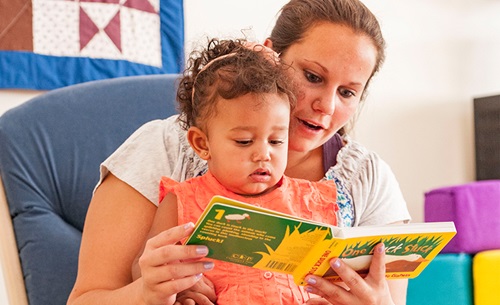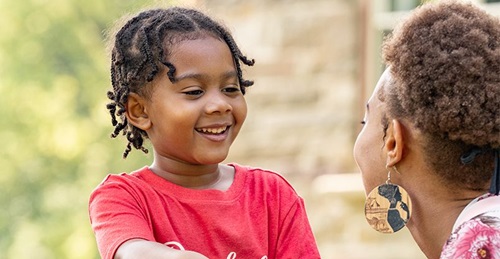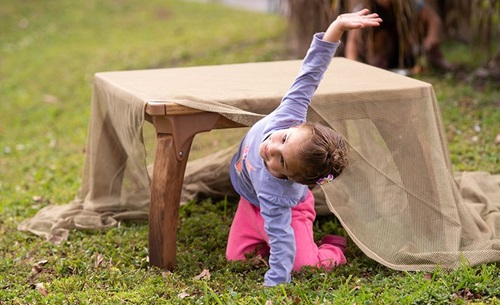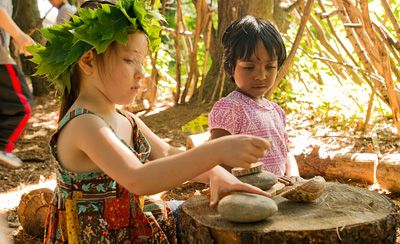The Story of the Observer Child
| November 2023In her book The Original Learning Approach, Suzanne Axelsson challenges early educators to view all aspects of our work through a wide lens, redefining our assumptions about what children need and how they play and learn. "The Story of the Observer Child" is one sampling from her book. It is a good illustration of how children process life each in their own way, and how we can adapt educational settings to include a wide diversity of play.
Many years ago, I was at the Culture House Children’s Library in Stockholm, and my son was playing in English with another child there. The space is part library, part playground. A girl stood observing them, following and watching.
She stayed close by but always just outside of the actual play between the two boys. My son and his new friend looked at her several times to invite her without words to join them, but she did not. Perhaps it was the language, as she was a Swedish speaker. Her father came up to her after about twenty minutes and asked if she wanted to read a story with him. She looked at him as if he were the most ridiculous person on the planet and said (in Swedish), “No—I am playing.” It didn’t look like play. It didn’t come close to resembling any definition of play written by any expert I had read. But she had defined this as playing. It took me many years as a parent and educator before I had the courage to say to my colleagues and also to parents that observer children are playing, especially considering the very clear views many had about what play is supposed to look like. Disagreeing with people who are “play experts” was, and is, extremely daunting.
What these observer children are doing, I presume, is decoding the play they see. They are learning how every child works, how they play, and how they interact. These children, if given enough time to just be, can end up among the strongest play members of the group because of the way they have come to understand everyone. Some eventually become leaders in their play groups because they don’t take over and seek to dominate the play. These children make sure that everyone is playing at their optimal level and ultimately help facilitate the play. Other children seek them out to lead the play as it allows everyone a sense of autonomy. When we force these observer children into the play too quickly, we are interfering with their ability to decode the play and eventually take a leadership role.
The observation at the library gave me the knowledge and courage to tell parents and colleagues not to worry and to let the children watch. It was no longer just something I thought or believed—I had evidence that this was play, and I have witnessed it time and again since then. All of these observer children I have been able to watch over time have gone on to become play leaders. Having been given the time—the months or even years they needed to observe and learn, rather than being forced to play with others before they were ready—they were equipped with the knowledge and self-esteem to interact in the play with a new role.This is why I share the story of the observer child at every opportunity I get. It is so important that we talk more about diversity of play and break down the normative way of viewing play that tends to exclude some children. When I work with children, I always ensure everyone is aware that we have different ways of learning, playing, and listening. I have seen how this affects how children accept one another.
It is equally important not to ignore children who are striving to join the play. Not every child on the edge is an observer by choice, and it is our adult responsibility to create safe and brave spaces so that these children dare to ask for help, and to provide time and opportunities for children to interact in different activities in a variety of peer constellations.
Children seem to be doing three things to process life:
1. Observing everything and everyone to make sense of the world and see all the differences and similarities.
2. Seeking to belong. They work hard to feel belonging, which means they are adapting to meet norms. This is where adults have so much power, as children often turn to adults to discover the norms: What am I supposed to be? How are others supposed to be? And so on.
3. Playing to test everything out—their observations, the norms, and everything they interact with.
If we are open with children about the diversity of childhood, the diversity of play, and the diversity of humankind, then we can avoid shaping them into a specific mold. The observer children will be allowed to play in their own ways without pressure from adults to play according to the majority norms and without parents feeling anxiety that their child is not playing properly. “Nerdy” children will be allowed to immerse themselves in facts as a form of play; other children can choose to play with something repetitively even as adults expose them to other things that might catch their interest.
We can start adapting educational settings to include a wider diversity of play:
- We can increase play times to improve the chance of children joining in, as twenty- to thirty-minute breaks are not long enough for many children to finish their play observations before physically engaging, especially for observer children.
- We can improve our understanding of play needs so that children who need scaffolding or specific resources to create play flow with others can access those resources, and so that children who need time to observe or to engage in repetitive play receive that time.
- We can provide a good listening environment where children can be a part of the process of understanding different play needs and accepting differences.
Excerpt from Chapter 1 of Suzanne Axelsson's book The Original Learning Approach, 2023.
Read the book!
Copyright©Redleaf Press. Reprinted with permission. All rights reserved. Visit us at www.RedleafPress.org

